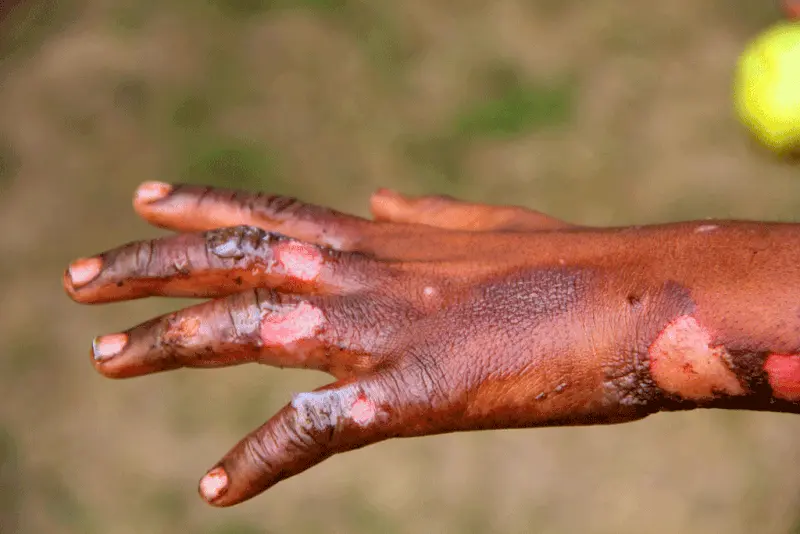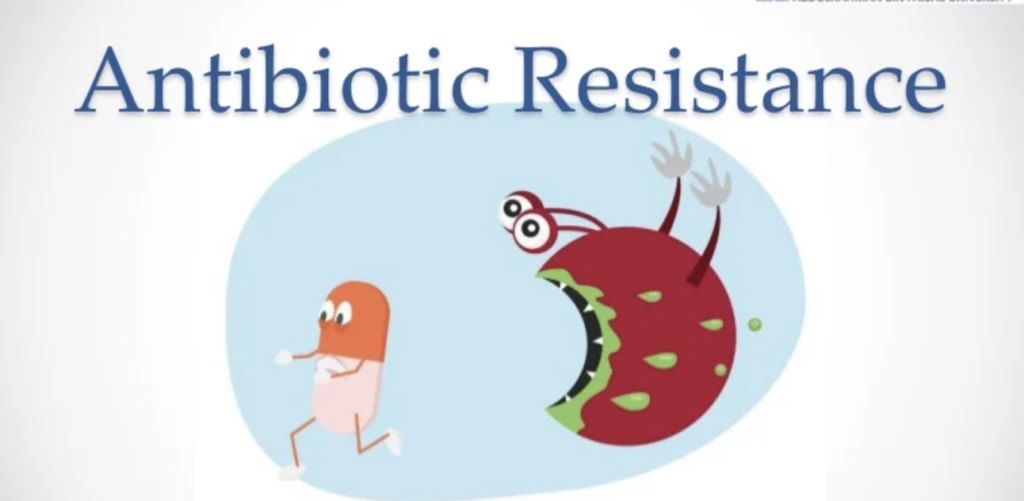Cholera: Causes, Symptoms, Treatment, and Prevention

Cholera is a potentially fatal bacterial infection that affects the small intestine. This disease can lead to severe dehydration and electrolyte imbalances. In this article, we will discuss the definition, causative agents, transmission, epidemiology, clinical features, diagnosis, management, prevention, and fun facts about cholera.
Introduction: Cholera has been a significant public health concern since the early 19th century. The disease has caused numerous epidemics worldwide, leading to countless deaths. Even today, cholera remains a severe threat in developing countries with inadequate sanitation systems and limited access to clean water. Cholera is caused by the bacterium Vibrio cholerae and is typically spread through contaminated food and water.
Definition: Cholera is a severe diarrheal disease caused by the bacterium Vibrio cholerae. The disease is characterized by acute watery diarrhea that can lead to severe dehydration and electrolyte imbalances. Cholera is a significant public health concern in developing countries, especially in areas with limited access to clean water and inadequate sanitation systems.
Causative Agents: The bacterium Vibrio cholerae is the causative agent of cholera. There are numerous serogroups of Vibrio cholerae, but only two cause epidemic cholera: O1 and O139. These bacteria produce a toxin that stimulates the secretion of electrolytes and water in the small intestine, leading to watery diarrhea.
Transmission: Cholera is primarily spread through the fecal-oral route. Contaminated water or food, such as raw or undercooked seafood, can transmit the disease. Person-to-person transmission can also occur, especially in crowded or unsanitary conditions. Infection spreads via the stools or vomit of symptomatic patients or of the much larger number of subclinical cases. Organisms survive for up to 2 weeks in fresh water and 8 weeks in salt water.
Epidemiology: Cholera is endemic in many developing countries, especially in areas with poor sanitation and hygiene practices. According to the World Health Organization (WHO), there were an estimated 1.3 to 4.0 million cases of cholera and 21,000 to 143,000 deaths annually from 2010 to 2019. Cholera remains a significant public health concern in many parts of the world, including sub-Saharan Africa, South Asia, and Haiti.
Clinical Features: Cholera typically presents with acute watery diarrhea that can lead to severe dehydration and electrolyte imbalances. Severe diarrhoea without pain or colic begins suddenly and is followed by vomiting. Following the evacuation of normal gut faecal contents, typical ‘rice water’ material is passed, consisting of clear fluid with flecks of mucus. Symptoms usually develop within a few hours to five days after exposure to the bacterium. Other symptoms may include vomiting, abdominal cramps, and fever. In severe cases, cholera can lead to shock and death.
Diagnosis: The diagnosis of cholera is typically made based on clinical symptoms and is easy during an epidemic and confirmed through laboratory testing (bacteriologically). Stool samples can be cultured to identify the presence of Vibrio cholerae. Rapid diagnostic tests are also available to detect the cholera toxin.Stool darkfield microscopy shows the typical ‘shooting star’ motility of V. cholerae. Rectal swab or stool cultures allow identification. Cholera is notifiable disease under international health regulations.
Management: The mainstay of cholera management is rehydration therapy, which replaces fluids and electrolytes lost through diarrhea. Oral rehydration therapy (ORT) is the preferred method of rehydration in most cases (about 500mls/hr). Severe cases of cholera may require intravenous fluids and antibiotics to manage complications and shorten the duration of illness.
Prevention: The most effective way to prevent cholera is to improve sanitation and hygiene practices. Access to clean water and adequate sanitation systems can significantly reduce the transmission of the disease. Other preventive measures include avoiding raw or undercooked seafood, practicing good hand hygiene, and properly disposing of human waste.
Funfact about cholera
During the 19th century, cholera was known as the “blue death” because of the cyanosis (bluish skin) that appeared in severe cases.
Conclusion: Cholera is a severe diarrheal disease caused by the bacterium Vibrio cholerae






Responses